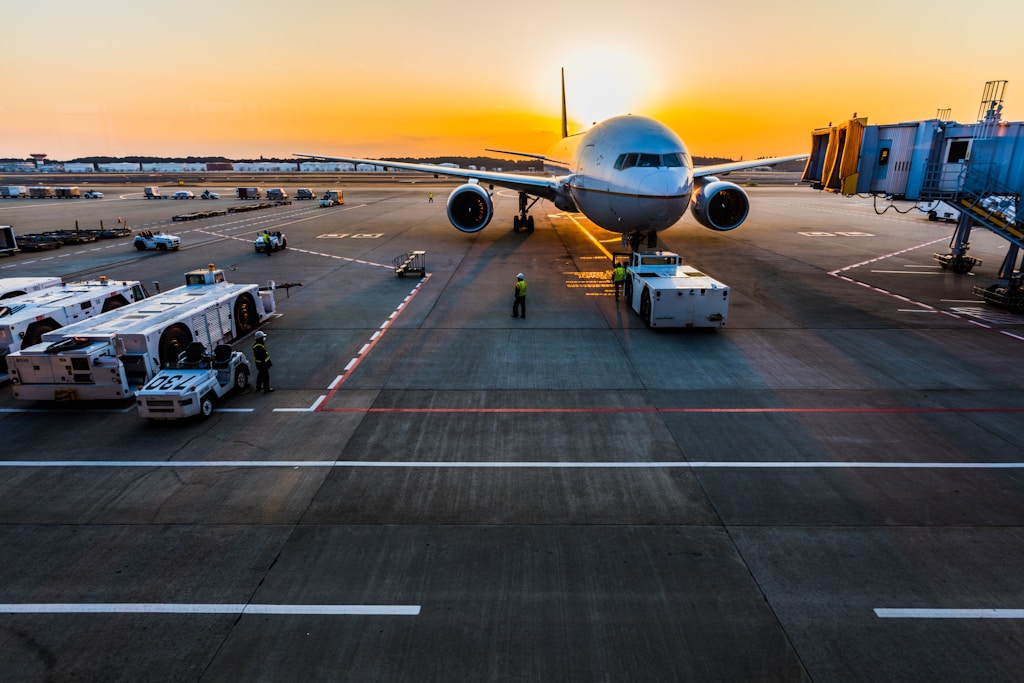
Aviation runs on accuracy; ground support equipment is the foundation of every effective operation. Choosing the appropriate equipment immediately affects safety, efficiency, and long-term cost savings, from making sure aircraft are correctly repaired between flights to maintaining maintenance personnel armed with the correct tools. The correct investment simplifies procedures, improves operational preparedness, and reduces downtime—all of which eventually improves fleet management. Not all equipment, meantime, is made equal; hence, choosing the incorrect one may result in inefficiencies, higher maintenance costs, or even safety risks. Every piece of ground support equipment has to be assessed depending on particular operating needs, durability, compliance, and fit with current infrastructure. Even the most financially supported aircraft enterprises might suffer expensive failures without careful thought.
Technology Load-Bearing Capacity and Precision in Equipment Selection
Engineering accuracy and load-bearing capacity are two of the most important determinants of ground support equipment’s long-term dependability. It suffers severe circumstances, frequent use, and considerable mechanical stress. From hydraulic jacks to aircraft towbars, every element—from strengthened structural integrity to handling the particular weight and operating needs of various aircraft models—must be built. Lack of the required load capacity in equipment may lead to operating delays and even loss of priceless assets by failure under pressure. Making sure that certain tools either meet or above industry norms for weight handling and stress endurance helps to avoid expensive repairs and safety mishaps. Ground support equipment’s lifetime and durability depend critically on the building materials employed as well. Particularly for machinery used in severe weather or constant motion, high-strength metals, corrosion-resistant coatings, and reinforced welds greatly improve structural durability.
Compatibility for Aircraft Models and Operating Environment
From commercial airliners to private jets and military planes, ground handling activities include a wide spectrum of aircraft. Avoiding inefficiencies and safety hazards depends on choosing ground support equipment that fits these many aircraft variants without any difficulty. Tugs, de-icing systems, and fuel dispensers are among the tools that have to be flexible enough to fit various aircraft models so that they provide the best assistance without calling for continual changes or repairs. Compatibility problems may cause mechanical strain, misalignment, or incorrect service, therefore influencing aviation safety as well as equipment lifetime. Beyond aircraft characteristics, one has to take operating surroundings into account. Ground support equipment utilized in areas experiencing high heat, cold, or humidity calls for specific characteristics such as anti-corrosion treatments, thermal insulation, or weatherproofing. Furthermore requiring distinct mobility and agility requirements is equipment running at busy airports instead of private hangars.
Modern Aviation Demands
Ground support equipment has to change to meet contemporary needs as the aviation sector experiences fast technical developments. Essential tools now improving operating efficiency and lowering human error include digital monitoring systems, automation, and remote diagnostics. Telemetry and IoT-based tracking of equipment lets one monitor performance indicators in real-time, therefore offering information on fuel usage, wear patterns, and necessary maintenance schedules. By means of this proactive technique, unforeseen breakdowns are avoided, hence maximizing asset use. In ground handling operations, automation helps to lower human labor needs and enhance turnaround times. Modern towbarless tugs, robotic airplane washers, and automated baggage handling systems simplify processes so that ground operations remain effective and error-free. Purchasing technologically modern tools not only increases accuracy and safety but also offers long-term cost savings via predictive maintenance and the best use of resources.
Industry Safety Specifications and Regulatory Compliance
Strict regulatory criteria must be followed by ground support equipment to guarantee safe operations and aviation authority compliance. The European Aviation Safety Agency (EASA), International Civil Aviation Organization (ICAO), and Federal Aviation Administration (FAA) establish safety standards, operating rules, and requirements that manufacturers must follow. Equipment that does not meet these standards poses serious legal and operational risks that can lead to possible fines, aircraft being grounded, or liability for damages in the event an accident happens. Apart from industry rules, corporate safety procedures have to coincide with the best standards to reduce dangers in the workplace. Features like load limit indications, fail-safe braking systems, and emergency shutdown systems improve safety and lower the ground handling accident risk.
Analysis of Lifetime Costs and Extended Return on Investment
Ground support equipment’s actual cost is found in its lifetime expenses—including maintenance, repairs, and operating efficiency—not only in the purchase price. Before deciding on a purchase, it is important to do a thorough cost-benefit study as cheap upfront costs but expensive maintenance equipment might result in more expenditures over time. Analyzing elements like fuel economy, simplicity of maintenance, and replacement component availability helps one ascertain the long-term financial result of any investment. Important roles in financial planning also are played by resale value and depreciation rates. Well-kept, premium equipment may be resold or updated with little financial loss and keeps worth longer. Selecting manufacturers with long warranties, strong customer service, and easily accessible replacement parts guarantees that equipment stays cost-effective and operational during its lifetime.
Conclusion
Selecting the correct ground support equipment calls for careful consideration of technical integrity, technological flexibility, regulatory compliance, and financial feasibility. Choosing tools that fit operational needs, guarantees decreased long-term expenses, improved safety, and simplified efficiency. Investing in the best-suited equipment improves general performance while protecting assets and people, as aviation activities depend on accuracy and dependability.